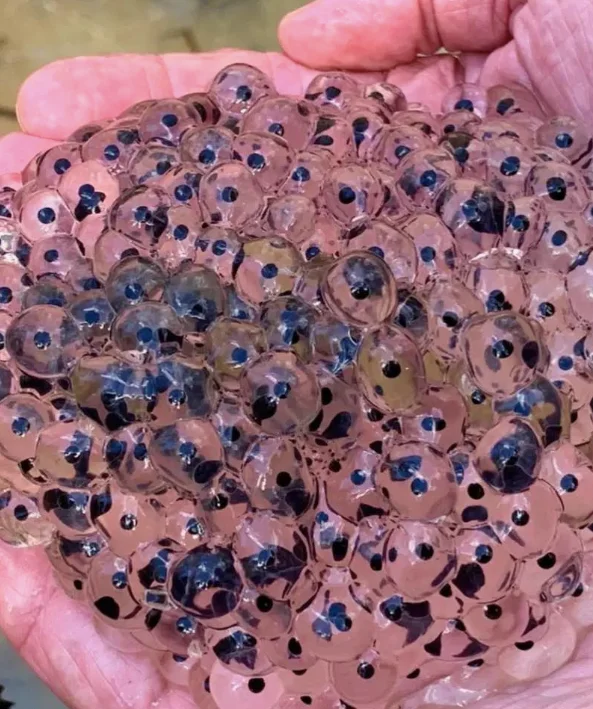
A Sign of Nature’s Resilience
The scientists were fascinated. These rare tree frogs, typically native to warmer southern regions, weren’t just expanding their territory — they were changing their behavior in real time. Laying eggs directly in damp soil rather than in standing water or on foliage suggested a remarkable adaptability.
“This is the kind of shift we usually observe over generations,” explained Dr. Lena Morales, a herpetologist from the state university. “But here we’re seeing fast behavioral changes, likely triggered by environmental stressors like temperature fluctuations and unusual rainfall patterns. It’s rare and exciting to witness firsthand.”
The field, once just a quiet stretch of farmland, had unexpectedly become a living laboratory.
From Farmer to Conservation Partner
Farmer Thomas, initially stunned by the attention, soon embraced his new role. He worked closely with the visiting researchers to help monitor the frogs’ development, protect the area from further disruption, and document changes in the landscape. Temporary observation equipment was installed, and researchers made weekly visits to track the frogs’ progress.
“I never thought my farm would attract scientists,” Thomas said, chuckling. “I thought the only thing I’d ever find in the soil was a broken tractor part or maybe a rabbit burrow. Turns out, there’s a whole world under there.”
Local news outlets picked up the story, and Thomas’s discovery soon went viral on social media, where commenters dubbed him “The Frog Whisperer” and praised his choice to pause and ask questions rather than simply tilling through the strange find.
The Bigger Picture
Beyond the initial curiosity, the implications of the discovery were profound. The scientists believe the frogs’ migration north may reflect a larger pattern of climate-driven species shifts — and that these frogs could serve as early indicators of broader ecological change.
“It’s not just about one species of frog,” Dr. Morales explained. “It’s about the delicate balance of ecosystems, and how climate variability forces wildlife to adapt, migrate, or risk collapse.”
What made this case so hopeful was that adaptation appeared possible. The frogs weren’t just surviving — they were thriving, and finding ways to bring the next generation into the world under new and unexpected conditions.
An Extraordinary Ending to an Ordinary Morning
Weeks later, as the eggs hatched and the tadpoles wriggled free, Thomas watched from a respectful distance, marveling at the fragile new lives that had emerged from the soil.
“I’ve planted a lot of things over the years,” he said, “but I’ve never watched something like this grow.”
The story of Thomas’s discovery is more than a tale of rare frog eggs in a muddy field. It’s a reminder — that even in the most familiar places, there’s still wonder waiting just below the surface. All it takes is a little curiosity, a pause in routine, and a willingness to see the world differently.




